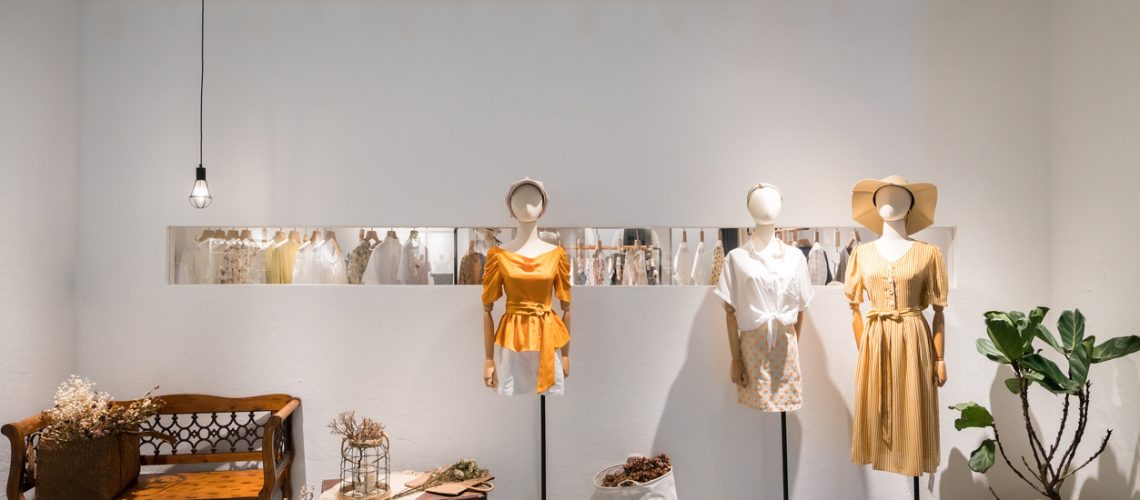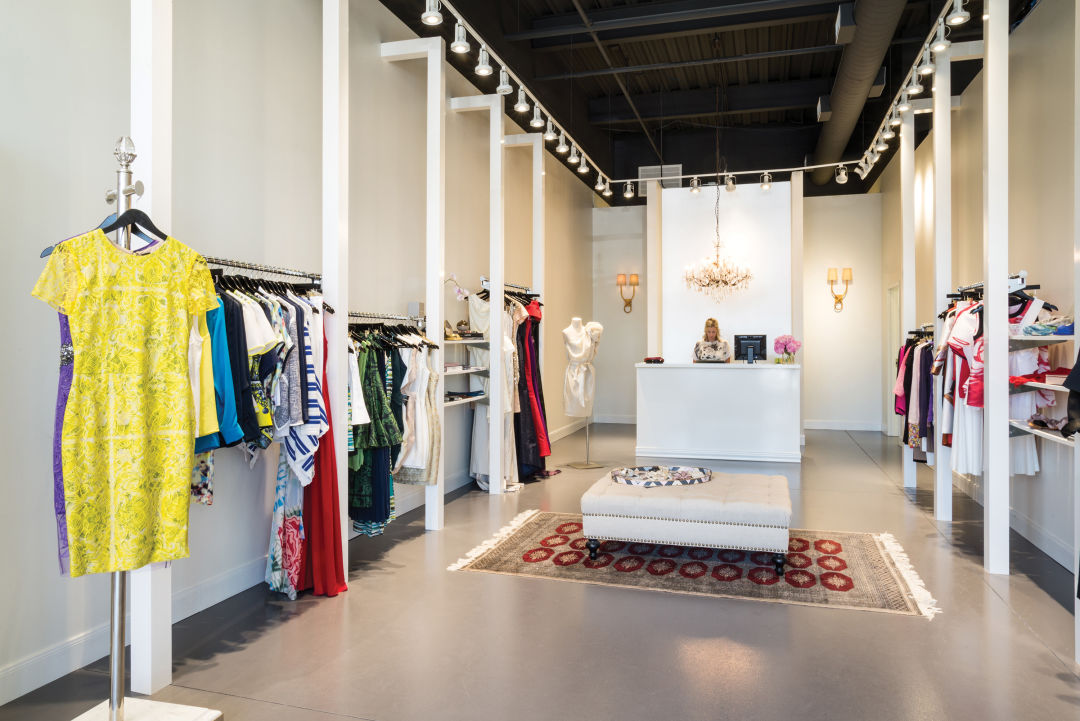The Impact of Social Media on Today's Boutique Fashion Trends
The Impact of Social Media on Today's Boutique Fashion Trends
Blog Article
A Deep Study the World of High-Fashion Runways: Recognizing Clothing as Art
Designers, much like skillful musicians, weave elaborate narratives via textile, type, and color, redefining and testing standard norms beauty criteria. As we check out these sartorial eyeglasses, we must ponder: what duty does style play in shaping social values, and how does it mirror the ever-changing tapestry of human emotion and identification?
The Development of Runway Reveals
The trajectory of runway programs has actually transformed considerably over the years, developing from exclusive market events to fascinating spectacles that mix fashion with art. Generally, runway programs made love affairs, kept in ateliers or small locations, primarily gone to by buyers and market experts. These early discussions focused on the garments' craftsmanship and business practicality, supplying a functional and direct screen of seasonal collections.
As the style industry expanded, the nature of runway shows started to change. The 1970s and 1980s marked a turning point, with designers seeking to differentiate themselves with even more staged discussions.
Recently, modern technology and social media have even more transformed runway shows, making them available to a worldwide audience. Livestreaming and digital platforms have equalized style, enabling lovers worldwide to witness these events in real-time (boutique fashion). This development reflects a broader social change, where high-fashion paths work as a dynamic intersection of technology, design, and performance
Designers as Dreamer Artists
Designers in the high-fashion sector have obscured the lines in between useful garment creation and the theoretical realm of art. By accepting artistic self-controls such as sculpture, paint, and avant-garde installments, designers craft garments that test standard fashion norms and boost them to art forms.
Visionary developers draw motivation from a myriad of resources, including abstract art, historical referrals, and personal stories. They possess a special ability to picture and materialize ideas that push the borders of conventional fashion, usually redefining aesthetic paradigms at the same time. This creative ingenuity is showcased with significant shapes, innovative materials, and complex workmanship, which welcome viewers to experience fashion as even more than simply wearable things.
Moreover, the runway works as a canvas for these artists, where illumination, songs, and established layout coalesce to develop immersive experiences. These presentations are not simply displays of clothes however are managed efficiencies that stimulate feeling and prompt idea, affirming the designer's function as a true artist in the contemporary cultural landscape.
Cultural Impacts in vogue
Cultural tapestry weaves its intricate patterns right into the material of fashion, influencing developers globally. The dynamic interchange of cultural tales, practices, and symbols informs and inspires collections that grace high-fashion paths. Developers diligently attract from their heritage or involve with societies unique from their own, crafting garments that function as visual stories. This social discussion not only enriches the aesthetic variety yet additionally promotes a deeper understanding and admiration of international identifications.
The impact of culture on style is typically seen in the reinterpretation of conventional garments and patterns. The usage of Japanese bathrobes, Indian helpful resources saris, or African prints in contemporary style shows a mix of cultural authenticity and modern-day looks. Designers such as Valentino's Pierpaolo Piccioli and Alexander McQueen's Sarah Burton have actually been understood to incorporate rich social motifs into their couture collections, converting history into wearable art.

Technology in Fabric and Design
Innovation in fabric and design consistently reshapes the landscape of high-fashion, pushing borders and redefining opportunities. Recently, technical innovations have actually dramatically added to this development, introducing materials that test conventional understandings. Textiles embedded with smart fibers, with the ability of transforming color or controling temperature, are no more constrained to the realm of sci-fi. Developers are significantly exploring the assimilation of technology, such as 3D printing, which enables the development of complicated structures that were formerly unthinkable.
In addition, sustainability has come to be an essential theme in material innovation. The fashion business is witnessing a rise in the use of eco-friendly products, stemmed from recycled plastics, natural fibers, and even naturally degradable components. These advancements not only use new structures and visual appeals yet likewise address essential environmental problems. Designers are accepting these products to craft garments that are both aware and visually striking of their environmental impact.
In terms of style, speculative forms and avant-garde silhouettes are continually revolutionizing the runway. By integrating unusual products and cutting-edge techniques, developers grow garments that obscure the line in between style and art, establishing brand-new criteria for creative thinking and expression in the high-fashion sphere.
Impact of Fashion on Society
Fashion wields a profound impact on culture, functioning as both a representation of social identification and a stimulant for social adjustment. Via its advancement, style has actually mirrored social shifts, encapsulating the zeitgeist of different eras. The flapper outfits of the 1920s personified a newfound sense useful site of females's freedom, while the strong prints of the 1960s echoed the innovative spirit of the time. High-fashion runways, specifically, function as systems for tough standards and redefining elegance requirements. Designers use these venues to resolve pushing social problems, from sustainability to diversity, therefore forming public discourse.
Furthermore, style has the power to bridge cultural voids, promoting understanding and gratitude amongst diverse teams. As globalisation speeds up, the cross-cultural exchange of style ideas comes to be progressively significant, advertising inclusivity and diversity. The surge of streetwear, originating from city subcultures, illustrates just how fashion can go beyond socio-economic boundaries, providing individuals a way of self-expression and empowerment.
Basically, style is not merely regarding visual appeals; it is a vibrant force that affects worths, perspectives, and social development (boutique fashion). By continually interacting with social and social currents, fashion stays an indispensable component of the cumulative human experience

Conclusion
Developers, similar to visionary artists, orchestrate collections that mirror identification, emotion, and cultural stories, testing conventional aesthetic appeals. This intersection of style and creativity not only captivates target markets around the world yet also affects social perceptions and advertises a much deeper gratitude for social variety.

Social tapestry weaves its elaborate patterns right into the textile of fashion, influencing designers around the world.Fashion wields a profound impact on culture, offering as both a reflection of cultural identity and a driver for social adjustment.
Report this page